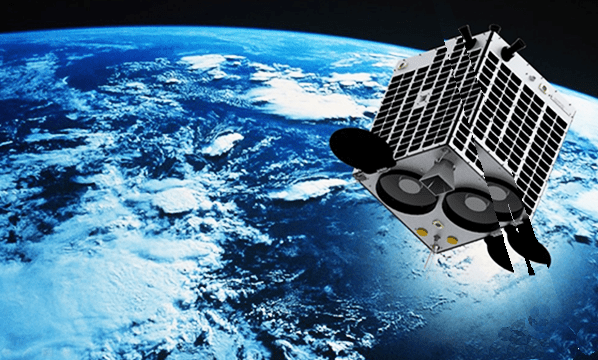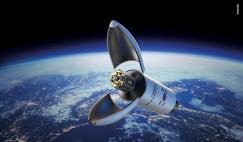Japan’s Axelspace Corporation, which designs, manufactures and operates microsatellites, has announced its intention to launch seven next-generation Earth observation (EO) microsatellites in 2026.
The GRUS-3 satellites will expand the company’s microsatellite constellation to include more than in total, enabling observation of broader areas with increased frequency.
Axelspace aims to meet growing demand across a wide range of EO data fields, including environmental protection, financial product development and real estate management, in addition to precision agriculture, forest monitoring and map creation.
The company says GRUS-3 will build upon Axelspace’s existing constellation of five GRUS-1 microsatellites, which provide services to government agencies and private companies in more than 30 countries worldwide.
The seven new microsatellites will capture images of Earth's surface at the same location and nearly the same time every day for locations north of 25 degrees latitude, under stable sunlight conditions year-round from a sun-synchronous orbit at an altitude of 585 km.
Each satellite has an effective swath of 28.3 km and a maximum capture length of 1,356 km, with a combined daily capture capacity of 2.3 million km² across the seven satellites.
The GRUS-3 satellites will feature a spatial resolution (GSD) of 2.2 m and, in addition to capturing visible light, are equipped with sensors capable of monitoring plant growth conditions, coastal seaweed beds and landscape.
Yuya Nakamura, President and CEO of Axelspace Corporation, said: "With the launch of seven GRUS-3 microsatellites, we will be able to observe a wider area more frequently than ever before. We will provide enhanced services to our existing customers and continue developing solutions to meet emerging needs.”
Axelspace plans to launch a microsatellite GRUS-3a no earlier than June 2025 to verify the performance of the satellite platform, its function and structure across diverse missions, and the telescope used in GRUS-3.
Axelspace, founded in 2008, has two strands to its business - AxelLiner, where it develops and operates microsatellites for customers’ space missions, and AxelGlobe, where it provides Earth observation data through its proprietary optical satellite constellation.
“Leveraging our unique technology in microsatellite design, manufacturing, and in-orbit operations, we offer solutions to meet the needs in a variety of industries,” says Nakamura. “Through these businesses, we aim to create a society where space is accessible to people around the world.”
GRUS is a series of optical Earth observation microsatellites, each weighing 100 kg-class, developed for Axelspace’s Earth observation business, AxelGlobe. The name ‘GRUS’ comes from the constellation Grus to symbolise the way satellites orbit the Earth like a flock of cranes.











